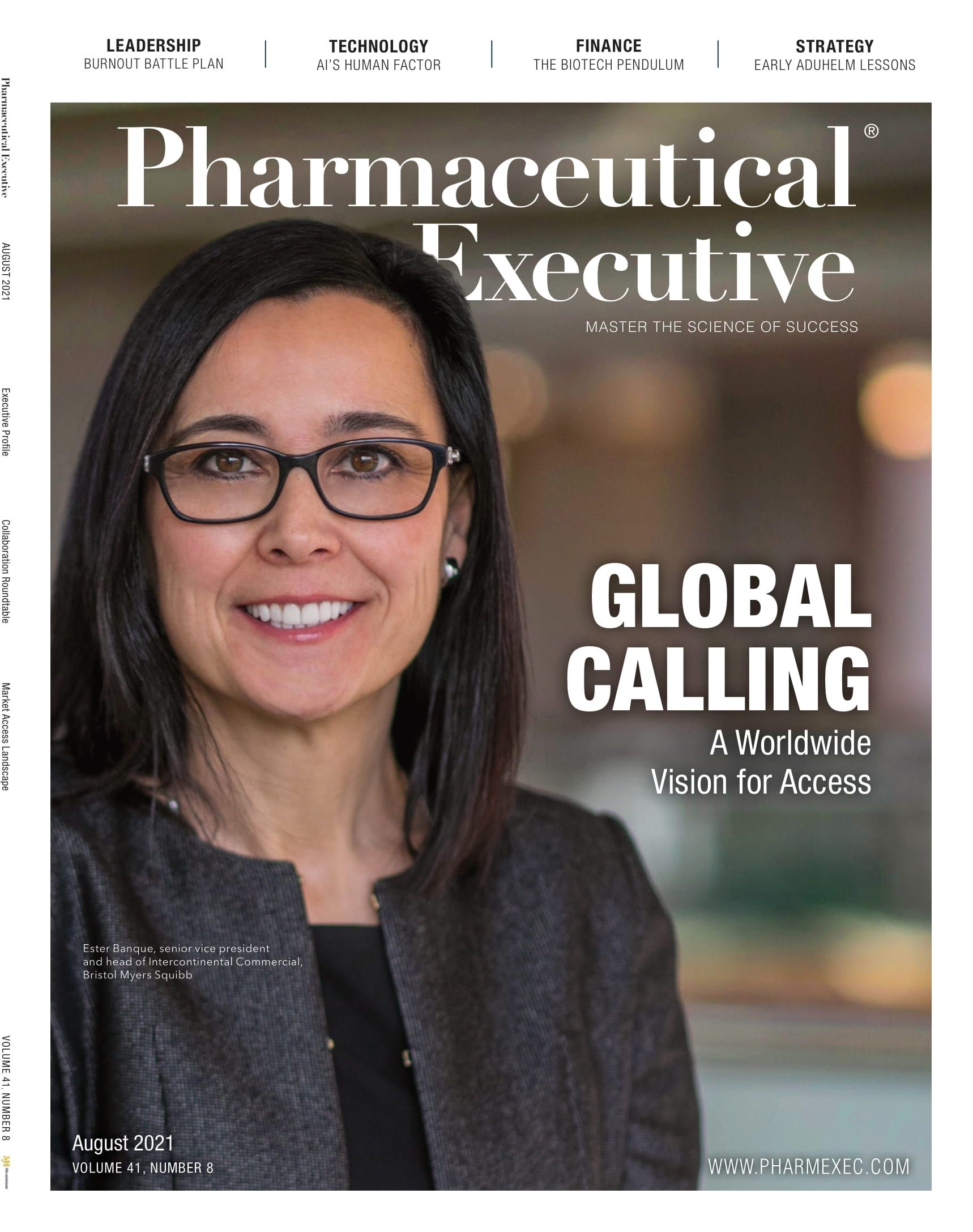COVID, Post-COVID, and Long-Haul COVID
Still plenty to learn about the virus even after year-plus long pandemic

COVID is beginning to feel like a bad sequel, launching the fifth in a series that should have ended at the second. Beyond the variants, beyond the mandates, the science, and the psychological and economic impact, we still are studying the actual virus.
Not only are we still studying the virus and its spread, we have entered the post-COVID phase with symptoms, and also those that are called Long-Haul or Long COVID, aka Post-Acute Sequelae of SARS-CoV-2 infection (PASC). It’s now believed that almost 30% of people who were infected with the virus, will suffer at least one symptom of Long COVID.
But that list of symptoms is long—a multi-organ presentation of a constellation of symptoms, ranging from gastrointestinal, respiratory, and neurological presenting as fatigue, stomach pain, breathing difficulties, brain fog, and more.
Recently, Pharmaceutical Executive hosted a closed, virtual roundtable, which was sponsored by Parexel, on “Uncovering Post-Acute Sequelae of SARS-CoV-2 infection (PASC), aka Long COVID, in Drug Development.” The article based on the roundtable won’t be available for a few weeks, but be assured it’s an important topic that will continue in the news, as well as in research, clinical care, and pharmaceutical therapeutic intervention for some time.
The roundtable was composed of a diverse group of stakeholders from large pharma, biotech, healthcare, and data organizations, not all developing in the Long COVID space, but with topic familiarity and experience with infectious disease, vaccines, or the therapeutic areas of Long COVID impact. Clearly, the roundtable could have gone on much longer than our allotted 90 minutes, but it was suffice to bring up some of the major challenges.
Challenges in drug development
Endpoint selection. Nailing down an endpoint to study in Long COVID is difficult because the patients are presenting with multiple symptoms, and the choice to focus on the endpoint related to the therapeutic area takes time. Discussions with regulatory agencies are ongoing in this area, and important for future developers.
Patient participation. Finding patients to participate in clinical trials may be difficult. If a patient goes to the doctor for a GI issue, they may or may not be identified as a Long-Haul COVID patient. A full-on awareness and education effort among the public at large, as well as physicians and practitioners is a huge need.
Data. Again, the sweet spot for finding patients, determining symptoms, and classifying Long COVID is made more difficult, in the US especially, because of disparate systems, lack of standards or definitions, and the widely known problem of using EMRs built for claims data as a clinical or research data source. While it sounds insurmountable, the silver lining is collaboration, like that of the actual pandemic, which moved mountains. Let the sharing begin.
Lisa Henderson is Pharm Exec’s Editor-in-Chief. She can be reached at lhenderson@mjhlifesciences.com.

Applying Porter’s Five Forces to Portfolio Management in Pharmaceutical R&D: A Strategic Roadmap
March 17th 2025The increasing costs and complexity of R&D in the pharmaceutical industry have necessitated the adoption of strategic portfolio management to optimize resource allocation and enhance competitive advantage.
Cell and Gene Therapy Check-in 2024
January 18th 2024Fran Gregory, VP of Emerging Therapies, Cardinal Health discusses her career, how both CAR-T therapies and personalization have been gaining momentum and what kind of progress we expect to see from them, some of the biggest hurdles facing their section of the industry, the importance of patient advocacy and so much more.